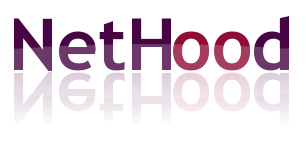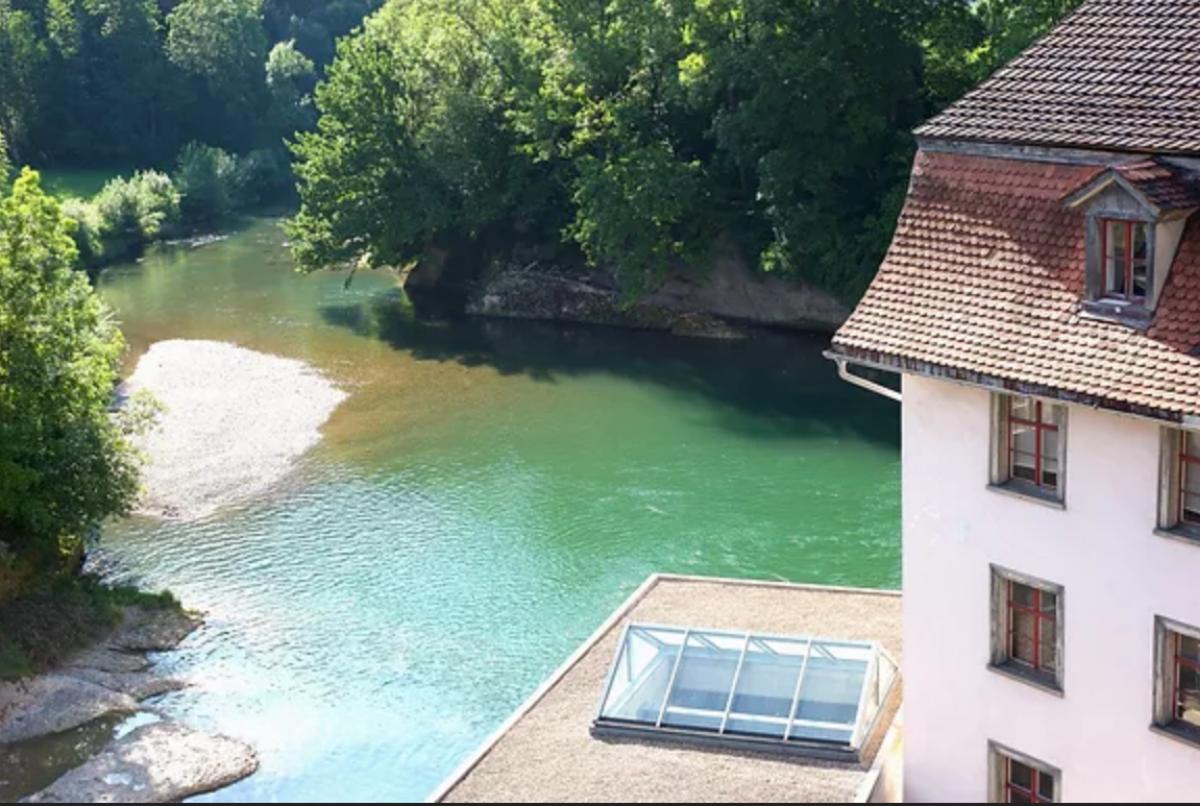
|
about
projects
papers
events
contact
|
URL: https://stadtufer.ch
See also: L200

(photo and introductory texts from Factsheet at stadtufer.ch)
The aim of the Stadtufer cooperative is the conversion of the former factory site next to the Stadtbrücke in Lichtensteig overlooking a beautiful river, into a future-oriented living, working and cultural space. The conversion of the former factory site sets social, ecological and economic priorities and economic priorities in order to ensure the long-term project. As a basis for this we see the greater regional embedding and the interrelationship between the countryside and city.
The property of the Areal Stadtufer is located on the banks of the Thur river and on the proverbial banks of the "Städtli" of Lichtensteig. The 7117 m2 site area was rezoned from industrial to residential and commercial in 2017. On the property, there is a building with four floors, with around 8,000 m2 of floor space in total. In addition to the high level of public permeability of the interior of the factory, the outdoor space is to be further developed as a place for people to meet. The inner courtyard of the complex, the lawn, the Thur and the factory buildings, the parking spaces and the riverbank zone along the Thur. Surrounding developments (Allmend NaturFlooz, City Park Strategy 2050, Cultural Mile zone, connection to the old town of Lichtensteig) will be included in the planning.
The small town of Lichtensteig has a wide range of cultural offerings with an impact beyond the region of Toggenburg. The network of cultural workers extends into the urban centres of Switzerland. Due to its good accessibility by motorised individual and public transport, Lichtensteig also offers potential for people looking for a place to live or work in the Toggenburg region. Thus the future Stadtufer area combines the interests from the city and the countryside; with participative planning methods, the area is developing from the existing buildings into a future-oriented meeting place. The project is supported across sectors from civil society, business and the public sector, such as the municipality of Lichtensteig, Location Promotion Canton St.Gallen, Klangwelt Toggenburg, City Hall for Culture, Foundation Edith Maryon Foundation, Baubüro in situ, Place for Makers and cooperative members and tenants.
NetHood is active at the Stadtufer cooperative, through Panayotis Antoniadis and Jens Martignoni.
Panayotis is working closely with the Stadtufer board to create and maintain links between the main site at Lichtensteig with the city of Zurich where many members of the cooperative live and work.
The main idea is to use the L200 space as a information point and meeting place for the Stadtufer coopearive in Zurich, allowing those that cannot visit often Lichtensteig to be more engaged with the development of the concept, and on the other way around create an urban space that Lichtensteig residents can feel as "their own".
In the context of the course CAS Inventing Organizations at ZHAW's Institute for Organizational Viability, Jens Martignoni uses Stadtufer as a case study. The objectives of this course include: how the meaning, purpose, benefits and values of an organisation interact with society, different forms of decision-making processes and cooperation design, areas of application and limits of self-organisation, how to promote the centrality of trust in the organisation, a movement of adapting to the future in order to shape the present.
Stadtufer provides a good example of an ongoing process for creating a novel cooperative structure that has similar objectives, in which the students have the opportunity to take active part.